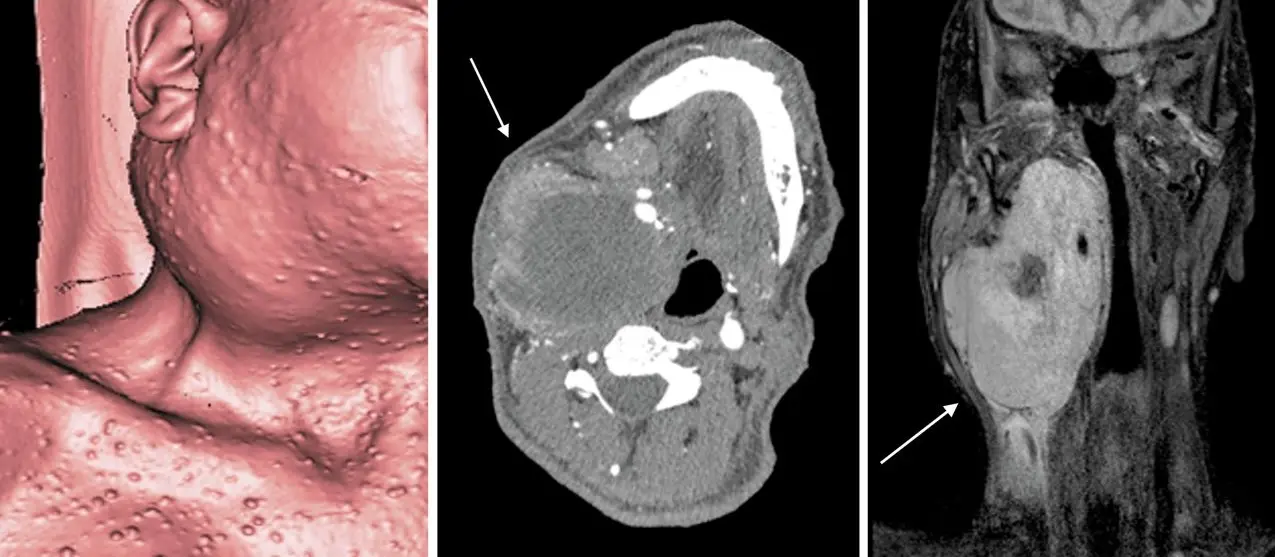
Sarcoma is a rare cancer affecting connective tissues, including bones and muscles. Types include soft tissue and bone sarcomas, with symptoms like lumps, difficulty swallowing, and pain. Diagnosis involves physical exams, imaging tests, and biopsies. Treatment options include surgery, radiation, chemotherapy, targeted therapy, and immunotherapy.
Sarcoma is a rare type of cancer that develops in the body's connective tissues. These tissues include bones, muscles, tendons, cartilage, and fat. At Hills Surgical Oncology, Dr Muzib Abdul-Razak, a highly skilled head and neck surgeon and surgical oncologist in Sydney, specialises in treating sarcomas that occur in the head and neck region. Sarcomas can be challenging to diagnose and treat, which is why it's crucial to seek care from experienced specialists like those at Hills Surgical Oncology. Our clinic, with locations in Wahroonga and the Hills area, provides expert care for patients with various types of sarcomas.

The different types of Sarcoma that can develop in the connective tissues of the body.
There are many types of sarcoma, but they can be broadly categorised into two main groups:
In the head and neck region, some common types of sarcoma include:
Dr Muzib Abdul-Razak at Hills Surgical Oncology has extensive experience in diagnosing and treating these various types of sarcomas. His expertise as a head and neck surgeon in Sydney ensures that people living in the Hornsby and Hills areas receive the most appropriate care for their specific type of sarcoma.
The exact causes of sarcoma are not fully understood. However, certain factors may increase the risk of developing this type of cancer:
It's important to note that having these risk factors doesn't mean you'll definitely develop sarcoma. Many people with sarcoma have no known risk factors.
Symptoms of sarcoma can vary depending on the location and size of the tumour. In the head and neck region, common symptoms may include:
It's important to remember that these symptoms can also be caused by many other, less serious conditions. However, if you experience any of these symptoms, especially if they persist or worsen over time, it's best to consult a specialist as early detection and treatment can significantly improve outcomes for sarcoma patients.
Diagnosing sarcoma often involves several steps and tests. At Hills Surgical Oncology, Dr Muzib Abdul-Razak uses a comprehensive approach to ensure accurate diagnosis:

MRI scans can be used to help identify the presence of any soft tissue sarcomas in the neck.
Treatment for sarcoma typically involves a multidisciplinary approach, combining different therapies to achieve the best possible outcome. At Hills Surgical Oncology, Dr Muzib Abdul-Razak works closely with a team of specialists to provide comprehensive care. The main treatment options include:
Surgery is often the primary treatment for sarcoma. The goal is to remove the entire tumour along with a margin of healthy tissue around it. This helps ensure that all cancer cells are removed and reduces the risk of recurrence. As a highly skilled surgical oncologist in Sydney, Dr Muzib Abdul-Razak specialises in complex head and neck surgeries. He uses advanced techniques to remove tumours while preserving as much normal function and appearance as possible. The type of surgery will depend on the size and location of the tumour and may involve:
Radiation therapy uses high-energy beams to kill cancer cells. It may be used:
At Hills Surgical Oncology, we work closely with radiation oncologists to ensure our patients receive the most appropriate and effective radiation treatments.
Chemotherapy uses drugs to kill cancer cells throughout the body. It may be used:
The specific drugs and treatment schedule will depend on the type and stage of sarcoma.
Some newer drugs target specific abnormalities in cancer cells. These targeted therapies can be effective for certain types of sarcoma and often have fewer side effects than traditional chemotherapy.
This relatively new approach helps the body's immune system fight cancer cells. While not yet standard for all sarcomas, immunotherapy shows promise for some types and is an area of ongoing research. Dr Muzib Abdul-Razak at Hills Surgical Oncology stays up-to-date with the latest advancements in sarcoma treatment. He works closely with each patient to develop a personalised treatment plan that offers the best chance of success while considering the patient's overall health and preferences.
Recovery from sarcoma treatment can vary greatly depending on the type and extent of treatment received. At Hills Surgical Oncology, we're committed to supporting our patients throughout their entire recovery journey. After surgery, the initial recovery period typically lasts a few weeks. During this time, patients may need to:
For patients who've had extensive surgery in the head and neck area, rehabilitation may be necessary. This could include:
Patients who've had chemotherapy or radiation therapy may experience side effects that can last for several weeks or months after treatment ends. These may include fatigue, changes in appetite, and weakened immune system.Long-term follow-up care is crucial for sarcoma survivors. Dr Muzib Abdul-Razak and the team at Hills Surgical Oncology provide ongoing monitoring to check for any signs of cancer recurrence and manage any lasting effects of treatment.

Give our friendly receptionists a call on 1300 560 311 and they can help find a convenient time at all our locations. For urgent appointments, please let our receptionists know and we can try find the earliest time to see you.